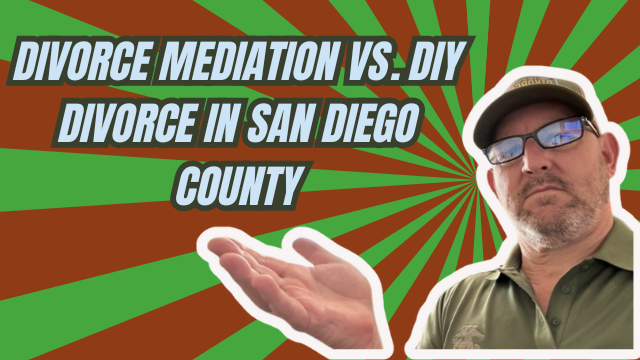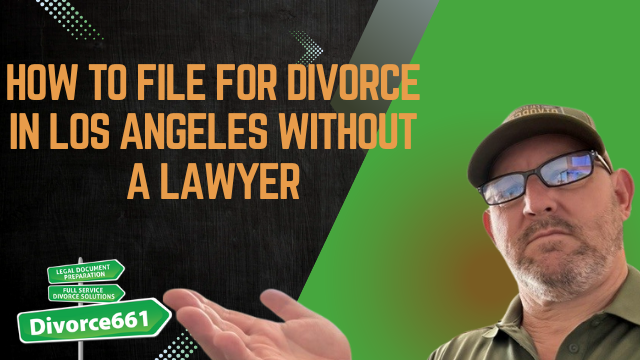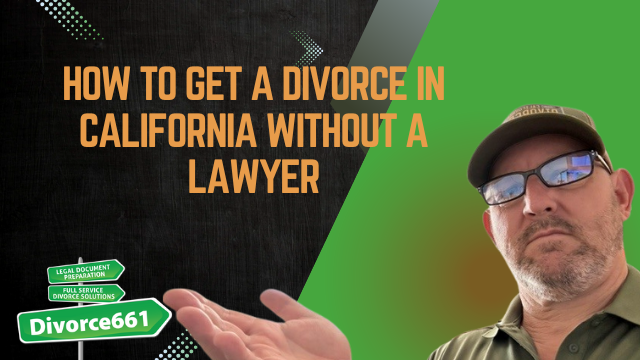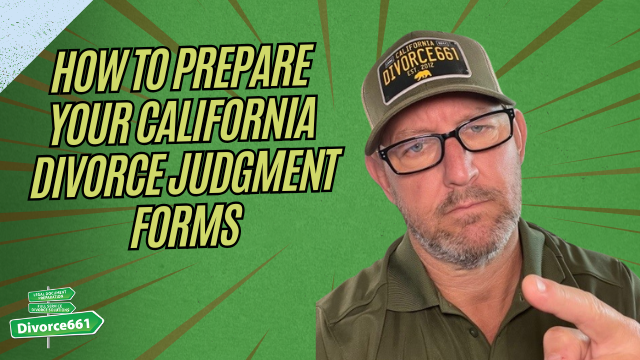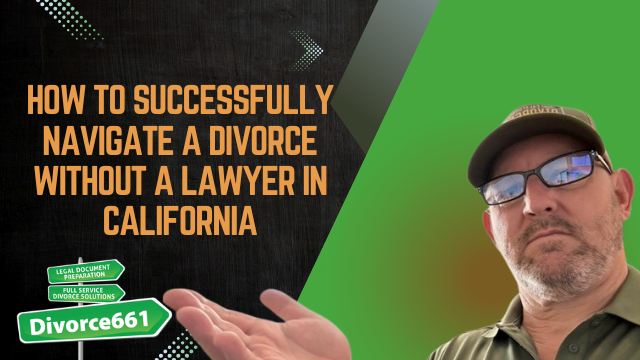How to Get a Divorce in San Diego Without Going to Court
Hi, I’m Tim Blankenship of Divorce661. If the thought of sitting through courtroom hearings has you stressed, there’s good news: most divorces in San Diego County don’t require a court appearance. If you and your spouse can agree on the major issues, the entire process can be completed remotely through paperwork and electronic filing. Below I’ll walk you through how an uncontested, court-free divorce works in San Diego and how Divorce661 helps you get it done quickly and affordably.
Why you probably don’t need to go to court
One of the most common questions I hear is, “Do I have to go to court?” In California the answer is often no—provided your case is uncontested. An uncontested divorce means both spouses agree on the key terms: division of assets and debts, whether spousal support will be paid, and, if applicable, child custody and visitation. When both parties are cooperative, the San Diego Superior Court allows full electronic filing so everything can be handled online.
“You don’t have to go to court. In fact, most divorces in San Diego County can be completed entirely outside of a courtroom, especially if both parties are cooperative.”
Step-by-step: How a court-free divorce works in San Diego
Here’s the typical flow for an uncontested divorce handled remotely:
- File the petition electronically. We begin by e-filing the divorce petition with the San Diego court system.
- Serve the other spouse or obtain acknowledgment. Your spouse either gets served with the paperwork or signs a Notice and Acknowledgement of Receipt to confirm they received it. This starts the required six-month waiting period under California law.
- Complete financial disclosures. Financial disclosure is mandatory in every case—even if you have agreed on all terms. Both parties provide income, assets, debts, and expenses so the agreement is informed and enforceable.
- Draft the marital settlement agreement. This agreement outlines how property, support, and any child-related issues will be resolved. Clear, properly drafted agreements avoid ambiguity and reduce the chance of requests for court intervention.
- Prepare and submit the judgment package. Once forms are signed, we submit the judgment package electronically for the judge’s approval.
- Judgment approval and finalization. If the paperwork is completed accurately and the settlement is clear, the court signs the judgment and your divorce is final—no appearance required.
Important details to avoid delays
- Make sure financial disclosures are complete—this is required even in amicable cases.
- Use clear language in your marital settlement agreement. Ambiguous terms can trigger requests for clarification or hearings.
- Electronic filing with the San Diego Superior Court speeds the process and reduces the need for in-person steps.
- The six-month waiting period begins when your spouse is served or acknowledges receipt; some cases can finalize shortly after that if all paperwork is in order.
Real example: court-free and done in six weeks
We recently helped a San Diego couple finalize their divorce in just over six weeks. They never left their homes—everything from filing to final approval was handled digitally. They were able to avoid court, minimize stress, and move forward quickly. That’s exactly the outcome we aim for with every amicable case.
Why work with Divorce661?
- 100% remote divorce service: We handle filing, paperwork, and communications so you don’t need to go to court.
- Flat-fee pricing: No hourly surprises—clear costs from the start.
- Fast turnaround: Many clients finalize in weeks when both parties cooperate.
- Experience with San Diego County rules: We know the local e-filing procedures and requirements.
Is a court-free divorce right for you?
An uncontested, court-free divorce is a good fit when both spouses can:
- Agree on property division and debts
- Resolve spousal support issues
- Establish custody, visitation, and child support terms if children are involved
- Complete required financial disclosures honestly and accurately
If you anticipate disputes about any of those issues, a contested process may be necessary. But for many couples, an amicable approach saves time, money, and emotional energy.
Next steps
If you’re ready to get divorced without going to court, visit Divorce661.com to schedule a free consultation. We’ll review your situation, help you complete the necessary paperwork, protect your interests, and work toward a fast, affordable resolution so you can move on with less stress.
Helpful reminder
Even if you’re pursuing a court-free divorce, accurate forms and full disclosures are essential. Proper preparation is what lets the court approve your judgment without a hearing.
Ready to get started? Schedule your free consultation at Divorce661.com and let us handle the process so you can focus on what’s next.


